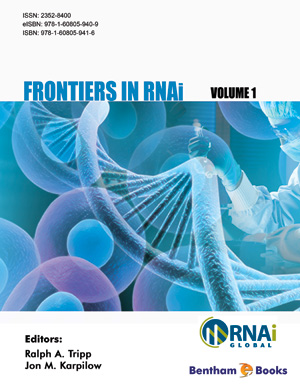Abstract
RNAi screening and the use of small silencing RNAs for specific gene knockdown has revolutionized basic science and translational medicine, both through the discovery of novel gene function and as a means to perturb disease-causing genes for therapeutic intervention. Availability of genome-wide RNAi libraries has made it possible to screen, in an unbiased manner, for all genes involved in any cellular process. This promises a more comprehensive understanding of complex cellular response networks, a fundamental goal in the emerging field of systems biology. Despite the obvious potential of this technology, cells of the immune system pose certain challenges for application of large scale RNAi screening, particularly in balancing the efficient delivery of silencing RNA while avoiding non-specific immune responses to the introduced nucleic acid. However, recent advancements in RNAi technology, improvements in delivery methods and the development of robust screening assays have made this technology more accessible to immunologists. Consequently, several examples of successful application of RNAi screening at both genome and sub-genome scales in immune cells are emerging, and are significantly advancing our knowledge of immune cell function. In this chapter, we outline the major challenges of using large scale RNAi screening in hematopoietic cells and describe different methodologies and assays that have been adopted for screening, with an emphasis on how these published studies have advanced our understanding of the immune system in health and disease. We conclude with a discussion of future opportunities and screening approaches that will realize the potential of RNAi screening in immune cells.
Keywords: Assay design, electroporation, Hematopoietic cells, immune cells, innate immune response, nucleofection, RNAi screening, siRNA delivery, viral shRNA.






















